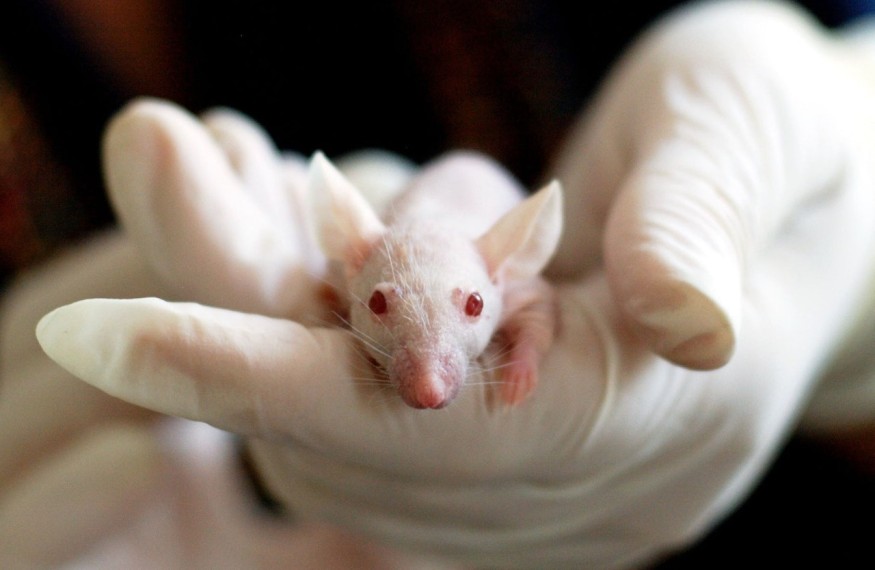Every day, we do activities routinely. It can't be helped to stop these things we exhibit, as we can't function on a regular basis. However, seeing, thinking, and even daydreaming could be a problem for people with a predisposed brain tumor.
The ordinary routine on a daily cycle for people who develops brain tumor can be a problem. A group of neurology experts from Stanford University's School of Medicine and Washington University's School of Medicine in St Louis teamed up to research and found that the day-to-day neurological activities may lead to brain tumor build-up and expansion.
According to the research published in Nature entitled "NF1 mutation drives neuronal activity-dependent initiation of optic glioma," the mice were tested in place of children diagnosed with neurofibromatosis (NF1). Results show that the mice were prone to tumors genetically developing on their optic nerves.
Neurofibromatosis and Optical Tumor

Neurofibromatosis is a genetic condition in which children are prone to tumor development on the cluster of neurons that transfer visual signals. In reference to the study, 1 out of 6 children have already developed neurofibromatosis at the age of 7. These tumors develop and mutate under odd circumstances. According to the study, the mice developed neurofibromatosis when exposed to a normal lighting environment, while the subjects who were kept in the dark did not.
The findings suggest that optic gliomas, which can cause vision loss, are frequent in children with neurofibromatosis. On the other hand, the researchers concluded the possible set of solutions to prevent brain tumors in diagnosed children.
ALSO READ : Breakthrough Discovery of Nerve Cells Sending Information in the Wrong Direction Observed by Scientists
Prevention of Neuronal Tumor Development
Experts do not easily predict the brain tumor's development. Still, according to Washington University's neurology professor and co-author of the study David H. Gutmann, the avenues of next-gen strategies will soon be organized to implement through the relation between light exposure and neuronal activity.
There are possible and simple ways to keep children from developing these agonizing optical tumors. Tinted lenses or sunglasses with filters are beneficial against the natural sunlight's wavelengths. Along with the visual protection, Gutmann also suggests taking advantage of drugs that can help to control immoderate brain activity against neuronal and optical tumor development.
If not treated, the neuronal activity observed in the previous research may heighten the chances of developing brain cancer. The only missing piece of the puzzle is that whether the brain tumor is set by neuronal activities only, or amplified by other affecting processes, according to MedicalXpress.
Overall, the results from a group of 9 weeks old mice with the NF1 gene mutations are astounding. After several weeks, the subjects already developed a tumor due to exposure to light. Experts conducted a test that includes keeping some from exposure, and it showed a decrease in tumor formation.
Neuronal activities are essential to glioma growth, but the study shows that it can also be vital to forming the unwanted tumor on the optical neurons. Another test conducted was to keep the aged mice with an already develop tumor from the light. The outcome of the examination is that the darkness did not shrink the tumor, but it helped to develop the tumor slowly.
Check more news and information on Neurology in Science Times.











